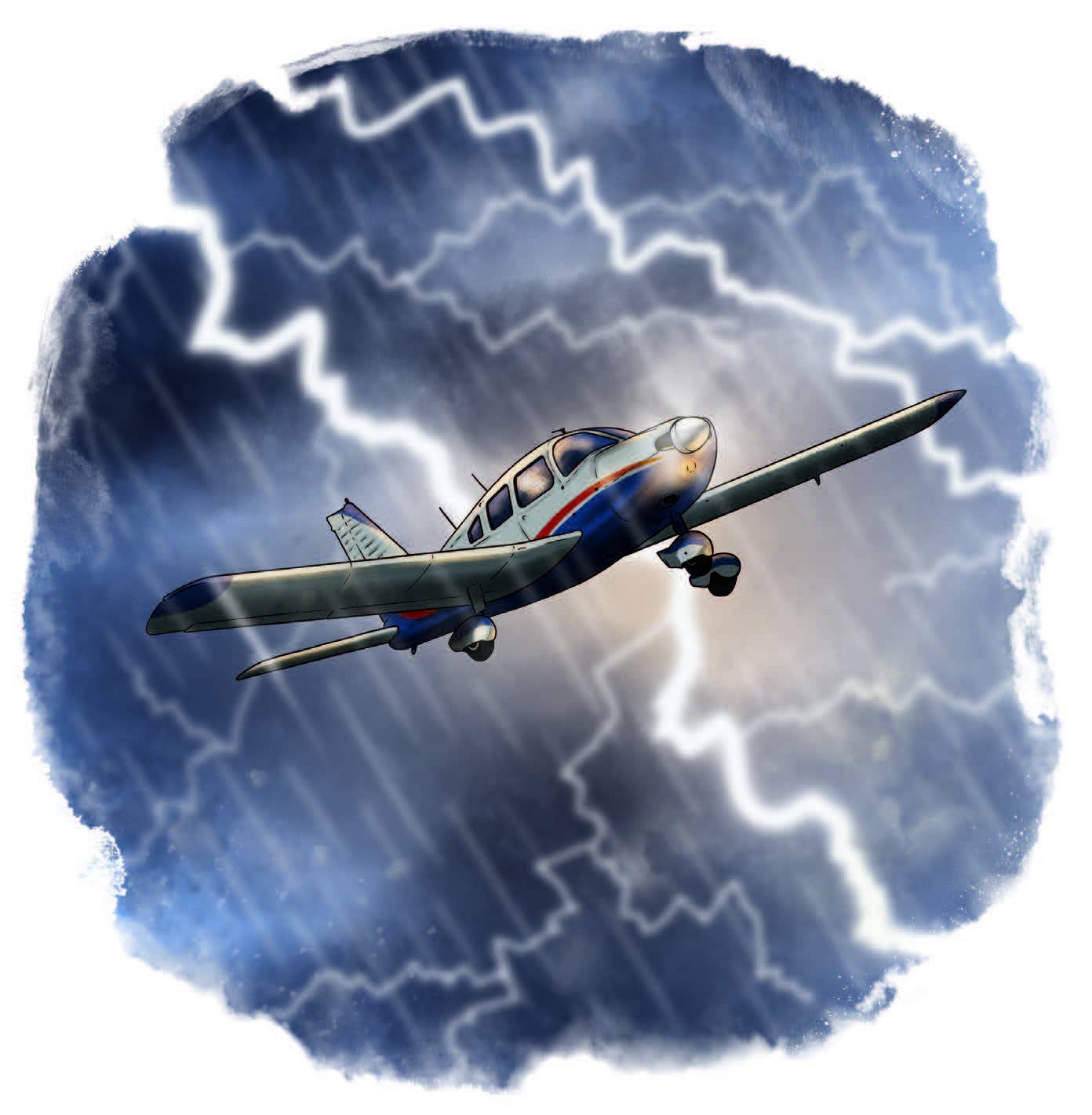
The National Transportation Safety Board (NTSB) on Tuesday blamed "pilot unresponsiveness" for last August's crash of a de Havilland Turbo Otter amphibious floatplane in remote Alaska that killed pilot Terry Smith and four passengers including former Alaska Sen. Ted Stevens.
The Board said a flight surgeon’s decision to reinstate Smith’s first-class medical certificate without a more thorough medical examination after he suffered a stroke in 2006 was “inappropriate.” While investigators said they could not determine whether Smith had a stroke in the final minutes of the flight, they did not rule out that he may have been experiencing lingering affects from the condition that led to a temporary suspension of his medical after the stroke.
Smith, who was 62 and a former chief pilot for Alaska Airlines, was killed along with Stevens and three other passengers when the Turbo Otter he was flying crashed into a mountain slope on Aug. 9, 2010. The airplane was carrying a party of eight others back from a fishing lodge near Dillingham, Alaska. Smith was a highly regarded Alaska aviator with good flying habits and a reputation for being careful, according to the NTSB report. Investigators also noted that Smith’s son had been killed in an airplane crash just weeks prior, saying the stress of that event could have been a contributing factor as well.
The Board also noted that Smith had muted the audible warnings on the airplane’s enhanced ground proximity warning system, which forced him to rely solely on an alert from the onboard radar altimeter, which was sounded only seconds before the crash. An EGPWS alert would have been heard at least 30 seconds prior to impact, the NTSB noted.

Sign-up for newsletters & special offers!
Get the latest FLYING stories & special offers delivered directly to your inbox






